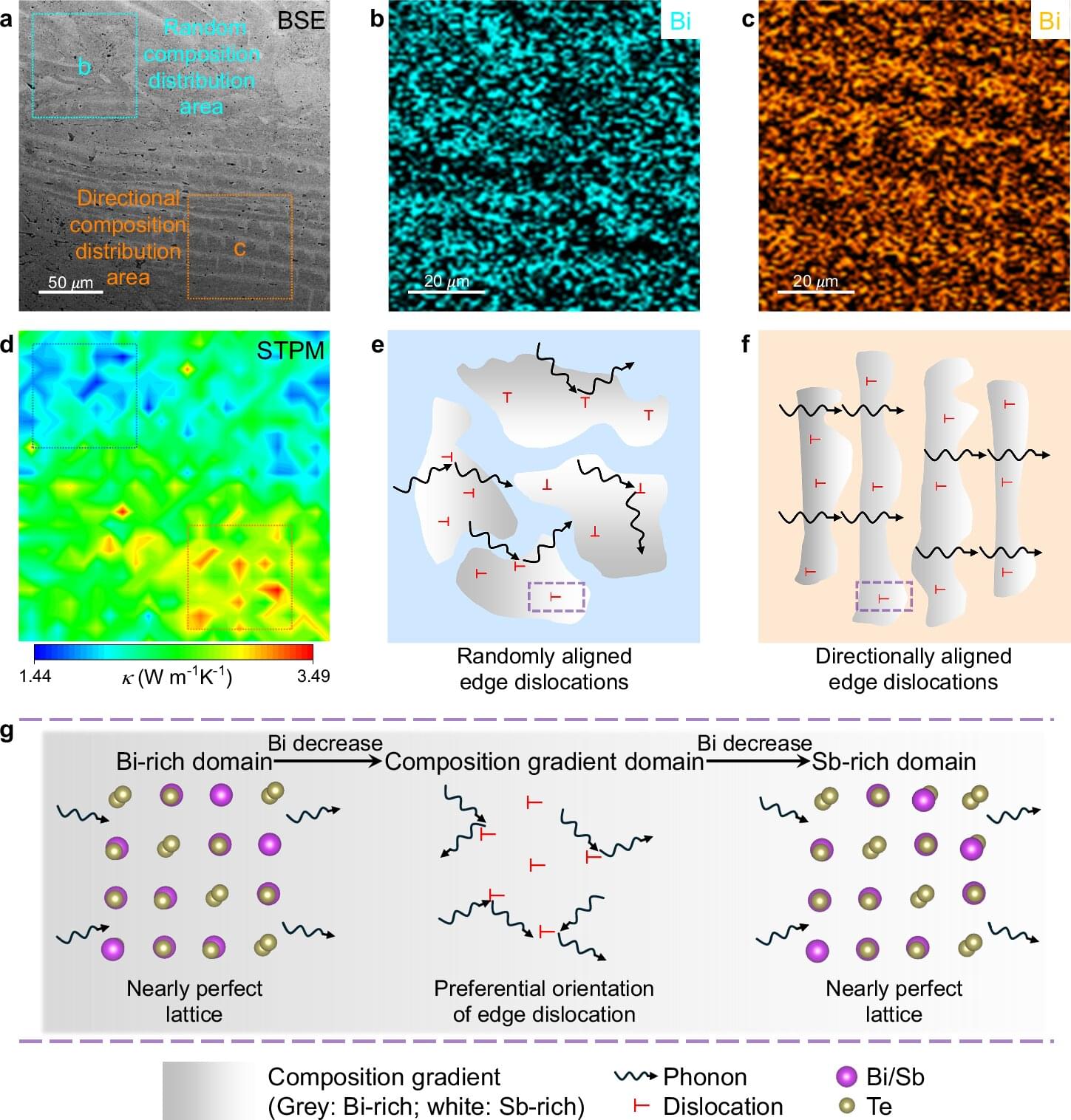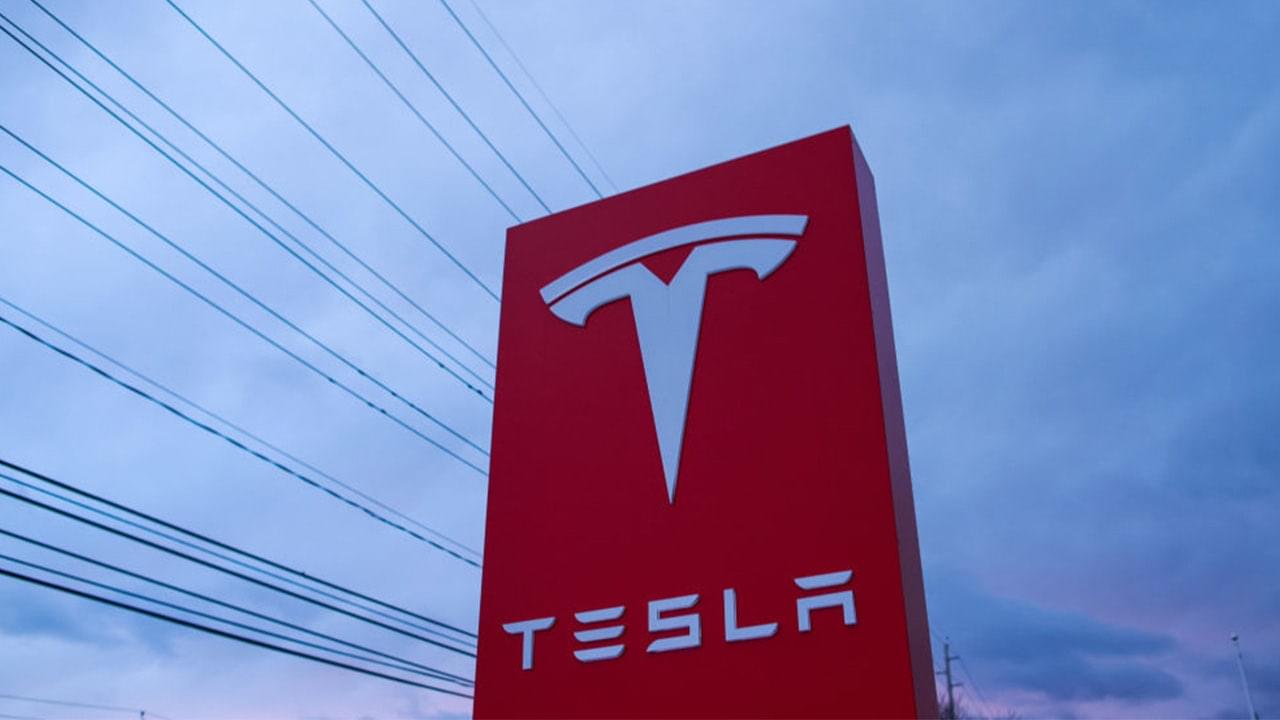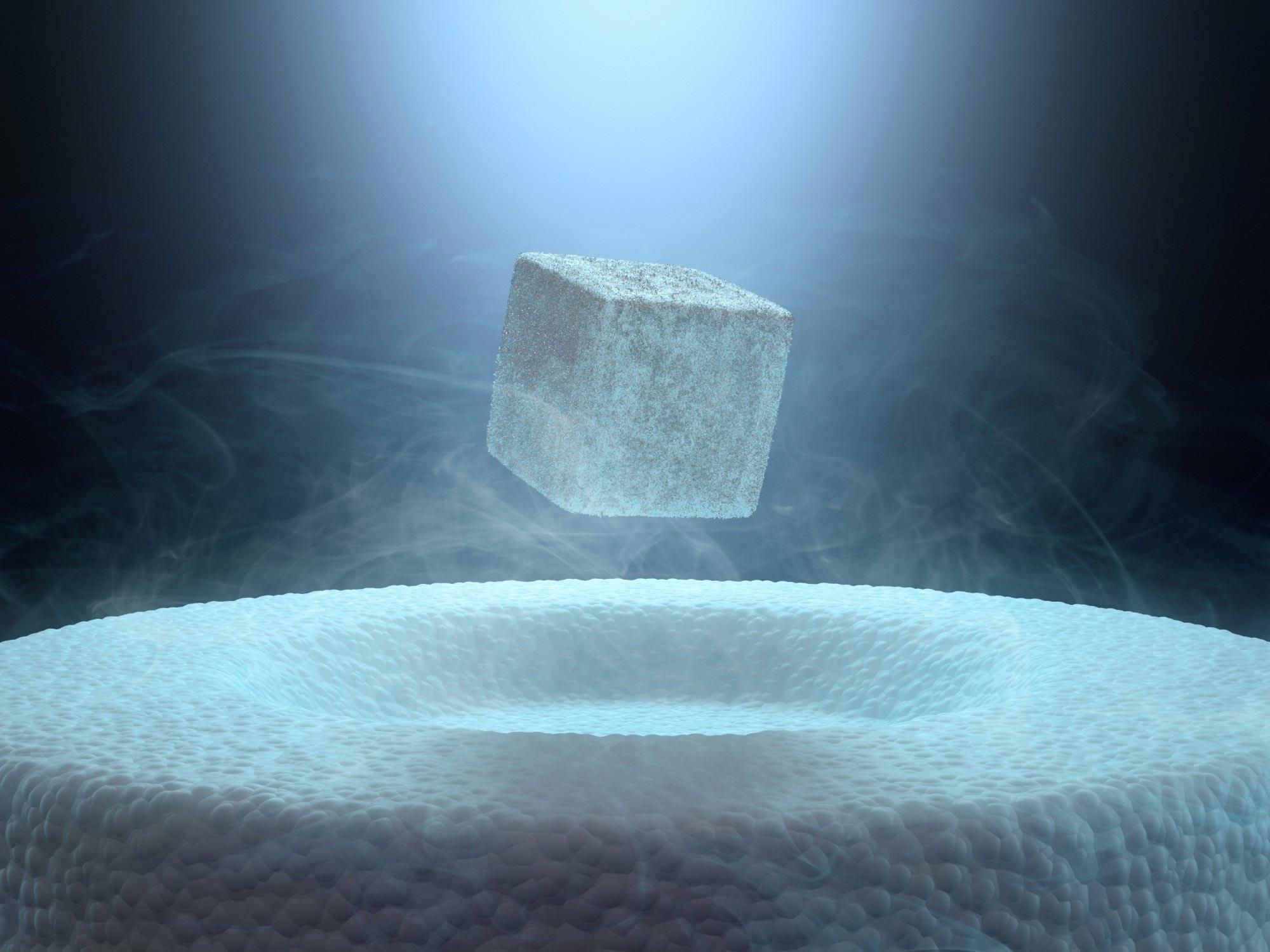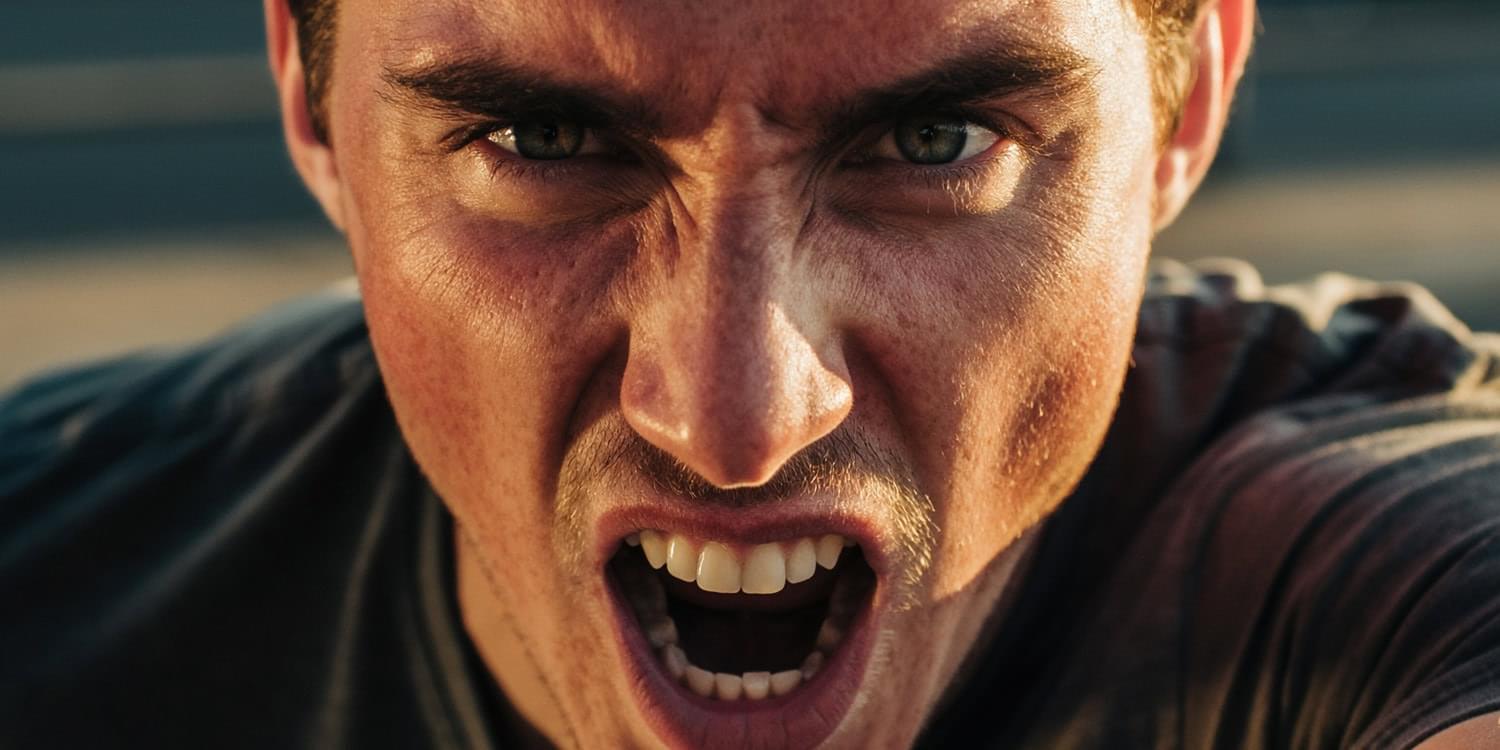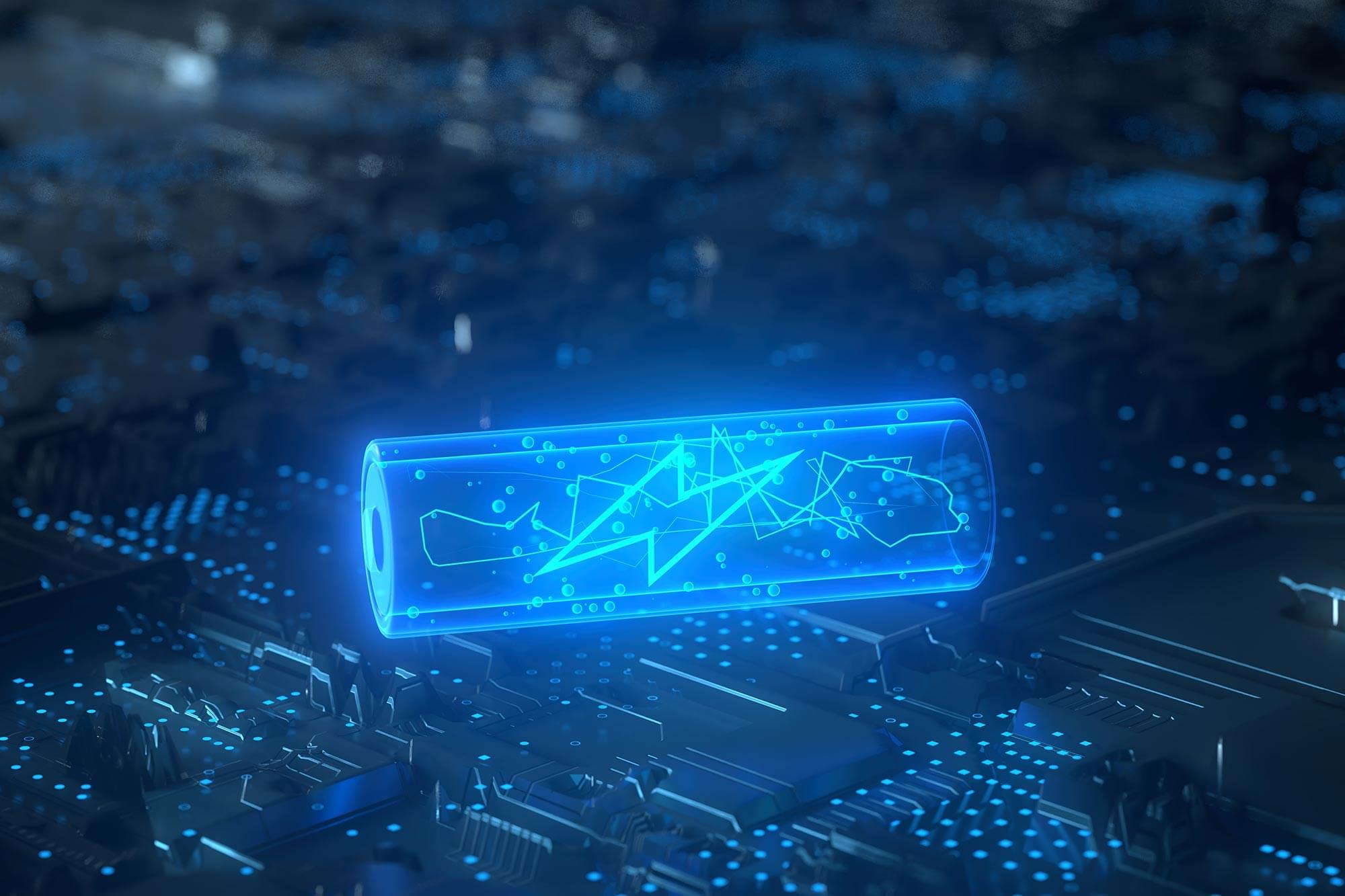QUT researchers have identified why some materials can block heat more effectively, which is a key feature for energy conversion, insulation and gas storage.
The research, published in Nature Communications, discovered a structural mechanism that explains why some materials with uneven composition exhibit exceptionally low thermal conductivity. This is a property vital for the conversion of heat into electrical energy.
The first author, Siqi Liu, said the findings challenged conventional models that overlook the role of microstructural features.
